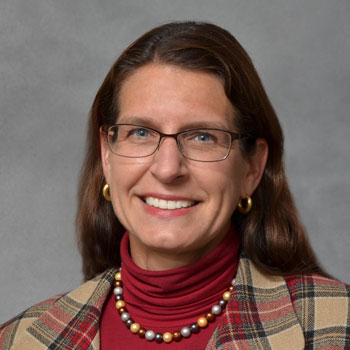
The translational research pipeline may sound like a complicated concept, but it's essential in taking ideas from a lab into the everyday lives of kids with cancer.
For it to work effectively, there can’t be gaps or barriers, and their existence has a noticeable impact on how quickly more effective, less harmful treatments which are being developed work their way into clinical standards and practices.
It’s an area where The Kids’ Cancer Project continues to play a vital role, working with our incredible donor community to make the translational research pipeline more efficient and effective in assisting those diagnosed with childhood cancer.
The Kids’ Cancer Project’s Research Advisory Committee Chair, Dr Brenda Weigel, possesses both the expertise and expertince required to assess the gaps and barriers in the paediatric cancer research pipeline. A key decision maker in terms of where our philanthropic funds are directed, Dr Weigel says a lot of the initial barriers stem from a lack of access.
"The science behind the identification of kids’ cancers is strong, but the gap lies in how that translates into getting new and safer therapies to children with cancer. There’s are also additional challenges with obtaining samples, and Australia’s large geographical footprint makes it even harder,” she says.
"Funding is another issue. When you consider the landscape of paediatric cancer, there are very few philanthropic or other types of funding organisations that are solely dedicated to supporting paediatric cancer research.”
For the pipeline to flow freely, Brenda is clear in her mandate. Support from all corners of the sector, public and private, is essential.
"I think ensuring philanthropic, academic and federal dollars are all funding paediatric cancer research is actually the critical aspect. After that, it's about convincing a pharma or biotech company to develop the drug,” she explains.
"I actually don't think funding from pharmaceutical companies is the problem. These companies aren’t evil. It takes about $100 million for a drug to be developed in a lab to go into the clinic. So, what we need is to really leverage our philanthropic and other funding sources to partner with industry.”
A monthly donation to The Kids’ Cancer Project allows you to build long-term impact for kids with cancer.
When you commit to survival with a monthly gift of just $15, you will ensure we can continue to fund bold clinical trials for sarcoma.
Sign up today.

You’d be forgiven for thinking that you don’t hear much about research breakthroughs or major developments in the fight against childhood cancer.
That funds being invested aren’t leading to the magical moments of discovery but are often simply uncovering things that don’t work and aren’t effective.
It’s one of the biggest challenges, and learnings, to remember when it comes to the translational research pipeline – that developments take years, not months, and that even the backwards steps are part of the dance towards success.
"Research is certainly a slow burn,” Brenda explains.
“It’s a four-phase plan to develop a new drug. On average, it takes ten years to go from phase one to phase three, and that’s not even enough time to get answers.
“That amount of time doesn’t even include all the science and research that happens beforehand to build the case for testing new therapies.
"Different types of research take different amounts of time, but things like developing new therapies or identifying which patients might do better or worse takes years. Even running blood tests through machines takes time.
“The hard part is good science takes time. You have to be patient.”
That patience is also met with tremendous progress over time. 87% of children with cancer survive, when it was merely a coin flip decades’ before. Organisations like The Kids’ Cancer Project have played a pivotal role in that number shifting considerably over the years by funding research which has made its way into the clinical space.
"I think The Kids’ Cancer Project has been transformative in this,” she enthuses.
"They've been really purposeful in their funding, which has helped build centralised systems that make better use of patients and research resources in Australia.
“One major contribution has been driving the science and building understanding of the biology underlying paediatric cancers. This has been especially transformative in high-risk diseases like brain tumours.
“There’s also been fantastic work in the survivorship space. It’s not just enough for children to survive cancer – we want them to thrive.
“Funding has been directed to areas of unmet need and real knowledge gaps, and that’s been critical to how we’ve approached distributing those funds. We’ve also developed many scientists and leaders in the field, many of whom are now leaders in the sector.”
When it comes to the pipeline, think of The Kids’ Cancer Project as a plumber, in many respects. Identifying and assessing unmet needs at different stages, and utilising resources to prop up – and ultimately help fix – areas of weakness.
All of which is only made possible by continued generous philanthropic donations.
“Funding at different stages is the key,” Brenda says.
“The Kids’ Cancer Project has a commitment to promising new science, and takes risks on projects that might be more experimental, but have the potential for huge impact.”
A monthly donation to The Kids’ Cancer Project allows you to build long-term impact for kids with cancer.
When you commit to survival with a monthly gift of just $15, you will ensure we can continue to fund bold clinical trials for sarcoma.
Sign up today.
